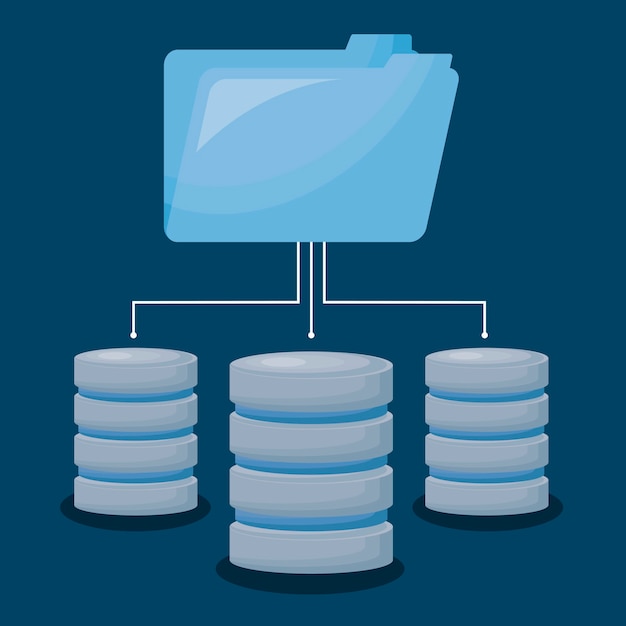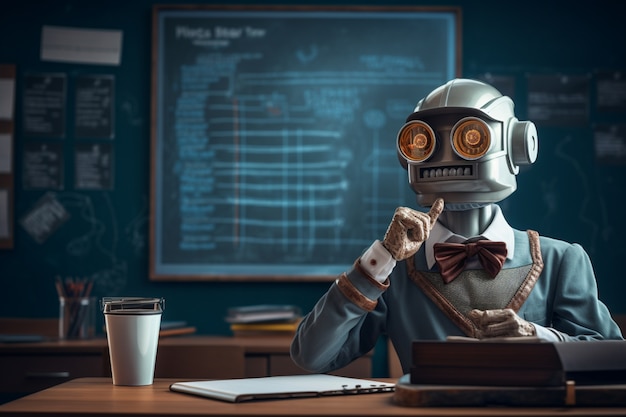From identifying your favorite pet in a picture to powering self-driving cars, artificial intelligence (AI) is changing the way we interact with visuals. But how exactly does AI “see” the world, and how does it calculate and understand objects within images? It’s a question that captures the fascination of technophiles and beginners alike, and the answer lies in a cocktail of advanced algorithms, machine learning models, and data.
This blog takes you through the intricacies of how AI tools calculate image objects and explores the impressive real-world applications of this groundbreaking technology. By the end, you’ll have a better grasp of how machines transform images into intelligence—and how this tech is shaping the future.
What is Image Object Calculation?
Before we jump into the nitty-gritty, let’s define image object calculation. By essence, it refers to the process by which AI identifies, categorizes, and analyzes objects within a digital image. For humans, recognizing objects—like distinguishing a cat from a dog—is second nature. For AI, this process requires meticulous programming, extensive learning, and vast amounts of data.
At the heart of image object calculation is computer vision, a field of AI enabling machines to interpret and act upon visual input. Through this process, AI systems simulate human-like vision by scanning an image, detecting objects, and making calculations to understand their nature, size, and placement.
Key Processes in Image Object Calculation
AI systems don’t just recognize objects out of thin air; they rely on intricate processes:
1. Image Processing:
This is the first step where raw image data is transformed into a readable format for algorithms. Filters, edges, and pixel values are extracted to create a “simplified” representation of the image.
2. Object Detection:
Once simplified, the system begins detecting objects within the image using machine learning models. Algorithms such as YOLO (You Only Look Once) and R-CNN are commonly used, ensuring fast and precise object detection.
3. Feature Extraction:
After objects are located, AI analyzes distinguishing characteristics to identify each item. This step involves filtering features like edges, contours, patterns, or shapes.
4. Classification:
Based on learned data, the AI matches the extracted features with reference datasets. For instance, if a round object with a white and black tessellation is detected, the system might classify it as a soccer ball.
5. Bounding Box Creation:
AI delineates objects in an image by creating bounding boxes—rectangular outlines around detected targets. These play an essential role in visualizing AI’s interpretation.
6. Post-Processing:
The system refines its calculations to minimize errors, ensuring its final interpretation is as accurate as possible.
Core Technologies Behind Image Object Calculation
Ever wondered what powers this extraordinary feat? Underneath the slick interface and user-friendly platforms lie complex technologies and methods. Here’s a quick look:
1. Deep Learning
The backbone of image recognition is deep learning—an advanced form of machine learning that uses neural networks. Convolutional Neural Networks (CNNs), in particular, are purpose-built to process visual data. CNNs mimic how our brain’s visual cortex interprets images, making them exceptionally effective.
Example in Action:
Google Photos uses CNN-powered object calculation to identify faces, pets, and places in your photo library, enabling quick searches.
2. Comprehending Datasets
Every object-detection AI depends heavily on datasets. Diverse and extensive datasets—like ImageNet and COCO (Common Objects in Context)—provide training material for AI to differentiate between objects. These datasets contain thousands of images with labeled objects, teaching AI systems how to “see.”
3. Reinforcement Learning
AI also employs reinforcement learning to improve itself over time. By receiving feedback on its object calculation outputs, the system learns from mistakes and makes adjustments.
4. Edge Computing
For applications that require real-time object detection (like autonomous vehicles), edge computing allows the AI to process data on local devices instead of transmitting data to central servers. This ensures quicker responses and reduces latency.
Revolutionizing Industries with Image Object Calculation
AI’s ability to “see the world” is already reshaping industries. Here’s how different fields are tapping into this tech:
Autonomous Vehicles
Image object calculation enables self-driving cars to detect pedestrians, traffic signs, vehicles, and obstacles while on the road. Tesla cars, for instance, rely on AI to interpret live feeds from cameras mounted around the vehicle.
Healthcare
AI-powered imaging tools assist radiologists by spotting anomalies in X-rays, MRIs, and scans. For example, technologies like Google’s DeepMind help detect early signs of eye diseases.
Retail
Retailers like Amazon Go use AI-driven object recognition to manage cashier-less shopping experiences. Cameras track products chosen by customers while aligning these with digital shopping carts.
Agriculture
Through AI-enabled drones, farmers monitor crops, flag diseases, and assess soil health. Image object calculation identifies areas requiring specific attention, thus optimizing labor and resources.
Social Media
Platforms like Instagram and Snapchat leverage object recognition for facial filters, product tagging, and augmented reality effects.
Challenges in Image Object Calculation
Despite its astounding successes, image object calculation isn’t without challenges:
1. Data Dependency:
AI requires vast amounts of high-quality data. Insufficient or biased datasets can lead to poor performance and incorrect object detection.
2. Complexity in Real-World Scenarios:
Real-life images are cluttered and dynamic, presenting challenges for calculations that should factor in motion, lighting, and noise.
3. Ethical Concerns:
Technology like facial recognition sparks debates around privacy, surveillance, and data security. Misuse of such systems can have profound societal consequences.
A Glimpse Into the Future
Looking ahead, image object calculation is set to evolve even further. Emerging innovations like 3D object recognition will add depth perception to AI visual capabilities, unlocking new applications in AR/VR, robotics, and gaming. Additionally, with better datasets and AI models, object detection will become faster, smarter, and more accurate.
Businesses too will continue incorporating this technology to enhance operations, improve services, and refine customer experiences. The convergence of AI and visual data isn’t just a trend—it’s a transformation.
Start Exploring the Power of AI Today
Understanding how AI calculates image objects isn’t just a technological curiosity—it’s the future of industries ranging from healthcare to retail. Whether you’re a tech enthusiast or a professional looking to integrate AI-powered tools in day-to-day tasks, there’s no better time to start exploring this world.
Take your first step with AI today by signing up for a free demo of AI-powered tools that make even complex visual data processing accessible to everyone.



